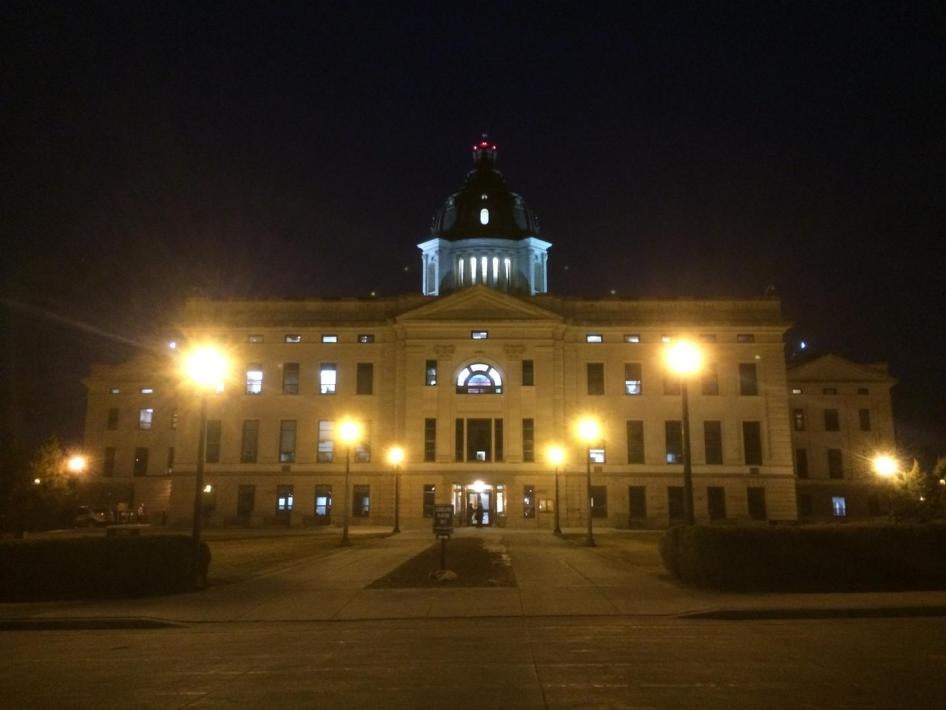South Dakota has moved one step closer to becoming the first US state to bar transgender youth from the bathrooms where they are safe and comfortable.
HB 1008, which has been approved by the House and is now before the state’s Senate, would restrict bathroom and locker room access for transgender students in schools. It would also bar schools from finding ways to accommodate that access in shared facilities that match the student’s gender identity even if the school wants to. After the House vote, legislators made public statements calling transgender people “unfortunate” and “twisted” – voicing animus and misunderstandings that have characterized debates over similar measures across the country.
The bill advanced yesterday, with the Senate Education Committee voting 4-2 to send HB 1008 to the Senate floor.
I attended the hearing yesterday, and it was heartening to see South Dakotans coming out to counter the ugly rhetoric of their legislators. Transgender students, parents, educators, faith leaders, and advocates drove in from all corners of the state to testify against the bill. They were not alone – rows of advocates in lavender shirts filled the committee room and presented a petition from hundreds of high school students voicing support for their transgender peers. Together, they powerfully underscored why the proposal is misguided and dangerous.
The effort in South Dakota is part of a wave of anti-LGBT legislation – more than 150 bills have been introduced this year, in state legislatures across the country attempting to limit LGBT equality. Among these are proposals in Illinois, Indiana, Missouri, South Dakota, Tennessee, Virginia, Washington, and Wisconsin that seek to restrict transgender youth access to school bathrooms, locker rooms, and sports teams that match their gender identity.
These bills single out transgender students for discriminatory treatment, and pose serious risks to their dignity, privacy, health, and safety. Recognizing these concerns, lawmakers in Washington and Virginia took a stand this week and rejected such proposals.
Supporters of the South Dakota measure – largely out-of-state lobbying groups that oppose LGBT rights – cite student privacy as the main reason for the ban. But at the hearing, they failed to explain why stalls or privacy curtains are insufficient measures. Nor did supporters explain why singling out transgender youth and sending them to separate facilities – or potentially exposing them to bullying and harassment in facilities that match their sex assigned at birth – does anything to improve student privacy or safety.
In the coming weeks, South Dakota will have the opportunity to set an example for the rest of the country. It can become the first state to allow fearmongering to dictate its policy or it can demonstrate that inclusion and common sense can prevail.










